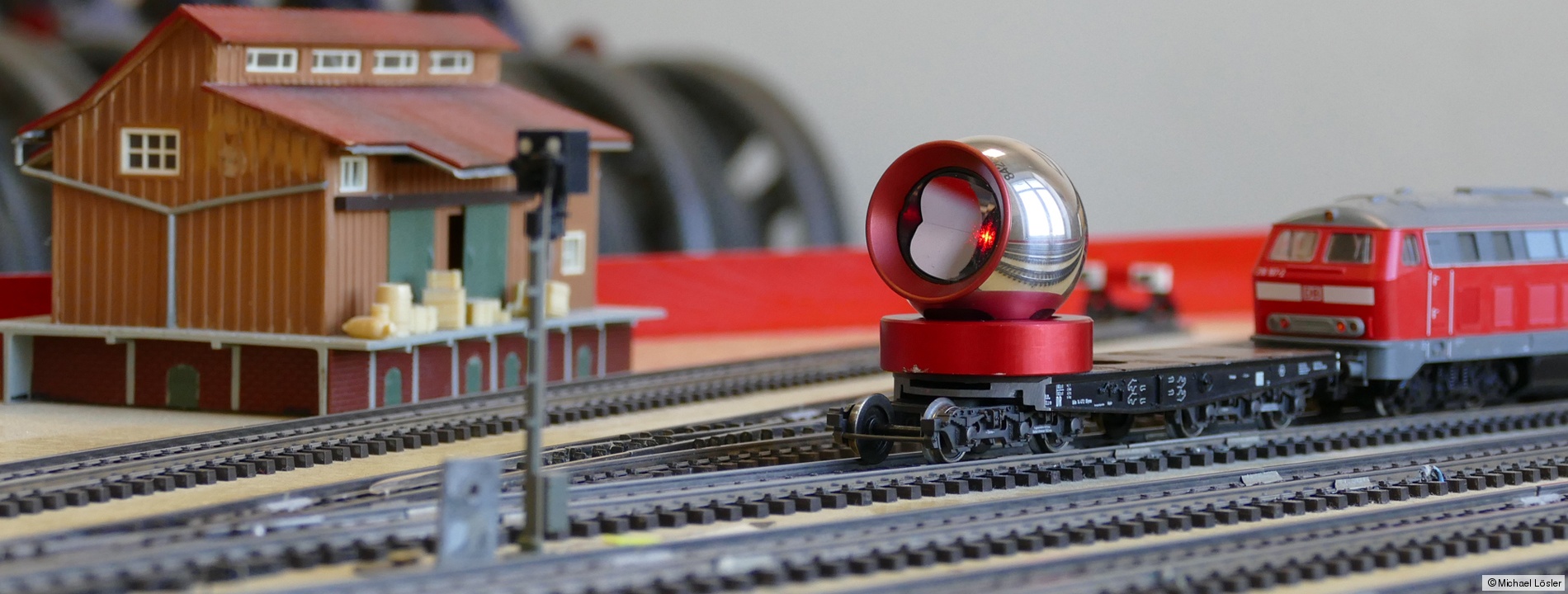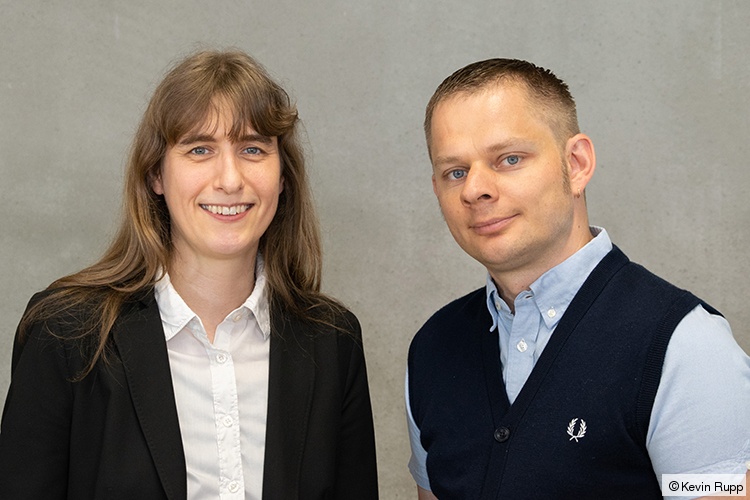Model railway systems for teaching and research
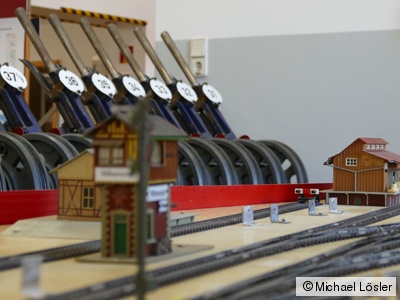
Railway operations fields are used in university teaching and research, to investigate issues relating to railroad safety systems, train protection or railway operations. Since railway operations fields provide a practical insight into railroad operations management technology, these operations fields are typically used for advanced training, for instance by Deutsche Bahn. Railway operations fields are model making facilities and, thus, allow in-depth but riskless simulations of railroad operations.
Railway Operations Field Darmstadt
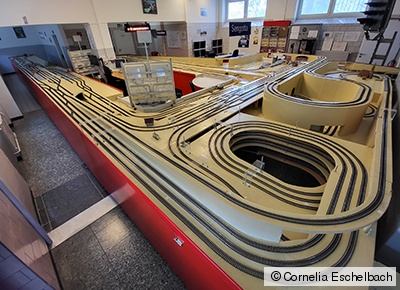
The Railway Operations Field Darmstadt (EBD) has been operated jointly by Akademische Arbeitskreis Schienenverkehr e. V. (AKA Bahn), DB Training, Learning & Consulting, and Institute for Railway Systems and Railway Technology at TU Darmstadt since 2006. The operations field extends over an area of 500 m² and consists of a complex railway network with 13 stations on three levels. Converted into a real-world track, the length of the EBD railway is about 90 km. The interlocking and signalling control technologies used at EBD essentially cover the spectrum of operated systems in Germany. This includes mechanical and electro-mechanical systems but also modern electronic control apparatus. In contrast to the layout of the railway track, which corresponds to the H0 model railroad scale (1:87), the existing signal boxes and interlocking systems are original. The length scale of the Railway Operations Field Darmstadt is 1:250.
Dimensional Metrology

Even though the Railway Operations Field Darmstadt is realized in nominal rail transport modelling scale H0, there are deviations from reality due to the out-of-scale wheel-rail system. Especially at rail curves or switches, the occurring scale distortions become significant. In order to determine the total length of the railway track, to locate specific sections of the track or signal systems in a consistent reference frame, but also to provide the data base for deriving a digital twin, the railroad network of the Railway Operations Field Darmstadt was measured using a laser tracker API Omnitrac II.
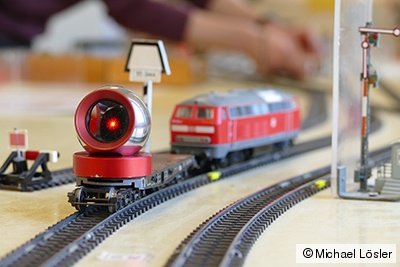
This mobile laser tracker captures polar observations at a measurement rate of up to 1 kHz, making it capable of tracking objects in motion. Therefore, the instrument is predestined for high-performance surveying of the rail track network having the required level of detail and the desired accuracy. The consistent reference frame was realized by about 25 drift nests mounted at the building wall of the Railway Operations Field Darmstadt. The axis of the railway track was measured in detail, using a continuous distance of 10 mm, which corresponds to a real-world distance of 2.5 m. A special freight wagon with corner cube reflector (CCR) rotatably mounted above the axis of the track was used for continuous data acquisition. This freight wagon can be moved manually or, of course, pulled by a locomotive.
Prof. Dr.-Ing.
Cornelia Eschelbach
Phone: +49 (0) 69 1533-2356
cornelia.eschelbach(at)fra-uas.de
Dr.-Ing.
Michael Lösler
Phone: +49 (0) 69 1533-2784
michael.loesler(at)fra-uas.de
Address
Transfer centre
Steinbeis Transfer Centre Applied Geodesy
https://applied-geodesy.org
Member of SCGD
Member of the Society for Calibration of Geodetic Devices e.V. (SCGD)

